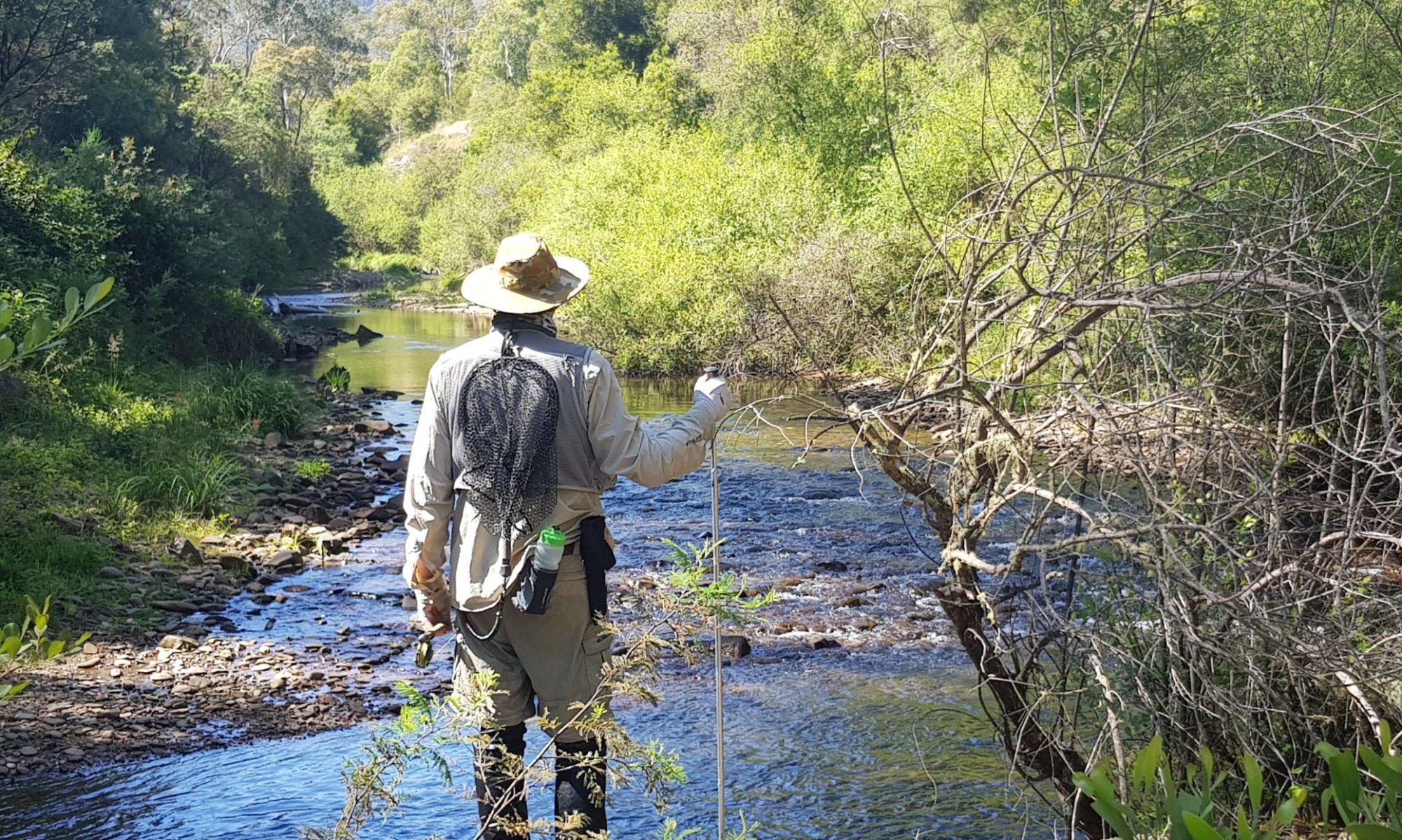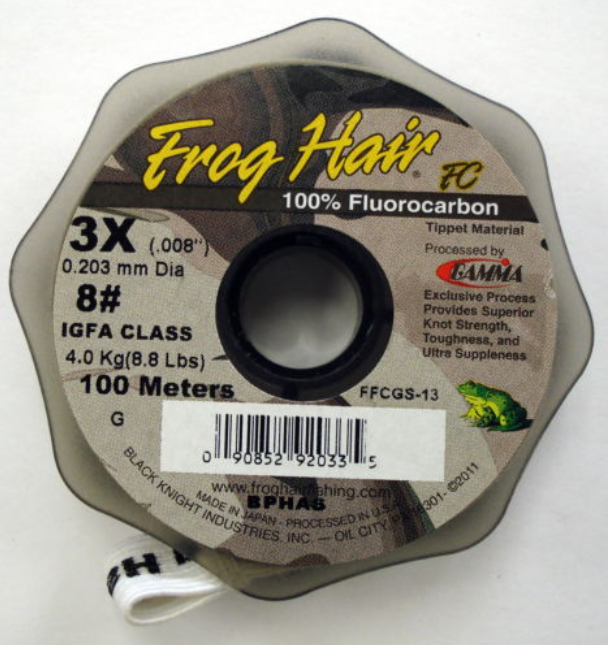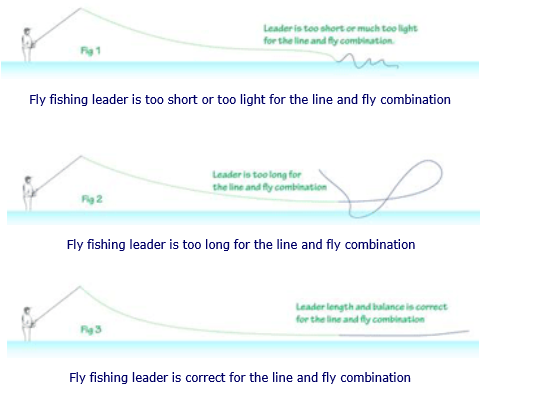By Phil Magness.
A leader is a section of line that is connected directly to your fly line. Tippet is attached to the leader to extend the leader’s length and to connect the fly. That seems simple enough. From there though, understanding leaders and tippets can be very difficult indeed: there are tapered leaders, furled leaders; leaders that can be made to sink or float; tippets made of monofilament or fluorocarbon; 9ft, 10ft, 12ft leaders; leaders rated as 4x, 5x, 6x, .005, .006 and so forth. For a beginner this can be overwhelming, so the following will explain the basics that you need to know:
A typical leader will look something like this:
This is a 6x, 9ft tapered leader with a 3.7lb breaking strain. So what do all of these terms mean? I’ll cover them below.
Tippet will be on a spool and will look something like this:
This is 100m of 3x tippet with a 8.8lb breaking strain. So what do all of these terms mean? Again I’ll cover them below.
Taper:
For most fly fishing, you will use a tapered leader. A taper means that it is thickest at the butt end (the end that connects to the fly line) and thinnest at the end that connects the tippet of the fly. A tapered leader (the blue section) looks like this:
This allows for your fly line to cast through the air, turn over, and land the fly so that it is nice and straight and with the minimal amount of splash. This replicates a natural insect falling or landing on the water.
Leader Length:
Leaders come in different lengths, with the most common being 9ft or 12ft. As a rough guide:
- For small streams, use a 7.5ft – 8ft leader.
- For most streams, a 9ft leader will be the most appropriate.
- For most lakes or streams where you need more delicacy, a 12ft leader will be the most appropriate.
In very still water where you need extreme delicacy (such as New Zealand’s big trout in spooky backwaters), use a 15ft leader.
Tippet
Tippet is line that is attached to the leader. You attach it using a surgeons loop. This is a very quick and easy knot to tie and is detailed in the Knots tab under “Be A Fly Fisher”.
You could tie the fly directly to the leader. However, every time you change your fly, or you lose the fly, or you get a knot in the leader, then you will be cutting more and more of your leader off. You could soon find that a 9ft leader is now an 8ft leader. This will affect your presentation and the turn-over of the fly.
This is where tippet comes in. You attach the tippet directly to the end of the leader. You then attach the tippet to the fly. Usually, 2-3 foot of tippet is sufficient for most situations. Then when you change flies, you are only cutting the more inexpensive tippet and not the expensive leader. When you get close to the tippet/leader knot, then you may need to tie more tippet and you are back to where you started from.
Leader and Tippet Size
Leaders and tippets are usually represented by an X rating. This refers to the diameter of the leader at the skinny end that is attached to the fly.
You may see 6X for example, or you may see a diameter such as .005 recorded. The higher the X number, the thinner the leader/tippet. i.e. a 6X leader is thinner than a 5X leader (yes this is counter-intuitive to most people’s thinking).
It is imperative that you match the leader/tippet to the size of the fly you are casting or you will end up in tangles and crashed lines. The recommended sizes of tippet and leader are as follows:
| Leader/Tippet Size | Fly Sizes |
| 0X | 2 – 1/0 |
| 1X | 4 – 8 |
| 2X | 6 – 10 |
| 3X | 10 – 14 |
| 4X | 12 – 16 |
| 5X | 14 – 18 |
| 6X | 16 – 22 |
| 7X | 18 – 24 |
| 8X | 22 – 28 |
(Source: The Orvis Fly FIshing Guide, 2007)
I recommend you print the table above and keep it in your fly vest.
4X and 5X are most commonly used for trout fishing. For example, if you were fishing a 16 dry fly, then 5X would be appropriate. If the fish are very spooky, then you may need to use 6X instead. Conversely, if the trout are very big, then you may need a higher breaking strain and opt for a 4X.
If casting a large, heavy fly (such as a woolly bugger), then you may need something heavier like 3X.
In simple terms, having too heavy a tippet for the fly may not allow it to behave naturally in the water. Conversely, having too light a tippet means that the fly may not be able to cast against the air pressure and may flop into a heap.
Also note that if a leader is 5X, then the initial tippet attached should also be 5X. You can then attach a lighter section such as 6X if you desire a foot or two further below. It would be incorrect though, to attach 5X tippet to a 6X leader. This means that the tippet is heavier than the end of the leader which would cause problems.
How do you know if you’ve got it right?
You’ll know when you’ve got it right when the fly lands perfectly (assuming you cast well of course) and looks like a natural insect on the water. This is less important for nymph and wet fly fishing than it is for the presentation of dry flies. The following graphic shows a couple of the common problems that can occur (source: http://www.letsflyfish.com/fly_fishing_leader.html)





